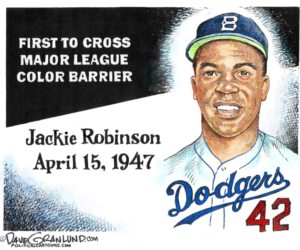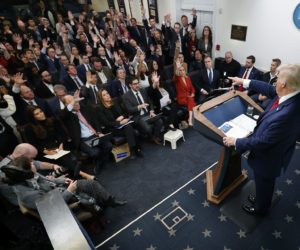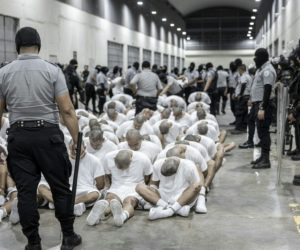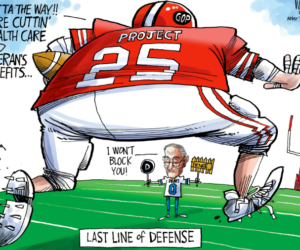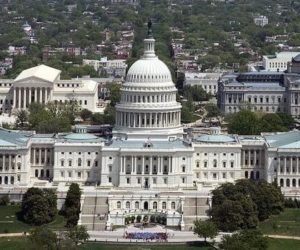“Where all think alike, no one thinks very much.”
— Walter Lippmann
Picking up on the last installment to this series — and once again taking cues from David Cameron (to whom even the far-right Weekly Standard is now paying homage) — I believe American conservatives should start leading this country toward a re-conception of the roles of our federal government: from a centralized, one-stop bank/bureaucracy … to a more tailored, precise, and consistent set of roles, as standard-setter, catalyst, and backstop for dispersed, networked solutions.
From the research conducted and books published by authors I’ve noted in the past — such as Philip Howard, Paul Ormerod, and
James Surowiecki — we know this much: Centralized, cloistered, finite-group efforts to manage and solve large, complex issues rarely if ever work. In contrast, dispersed, networked solutions often do.
In business, those who are closest to customers generally have the most accurate, timely sense of how to address customers’ wants and needs. In government, the same is true for those who are closest to constituents. In neither situation should local, state, or regional forces act in a vacuum, with no guidance or support from “above.” But it’s equally disastrous for those “above” to assume they know the customers/constituents better than those on the ground.
And that’s where dispersed, networked solutions come into play.
The Internet is a dispersed, networked solution. Scattered across the country and world, a mass of people are connected by computers/servers, common codes/languages (e.g., HTML, XML), fiber-optic and other lines, nodes, gateways, amplifiers, etc. And what exactly does this dispersed network solve? What solution does it deliver? Among other things, it solves or reduces barriers to information sharing, collaboration, and debate — exceeding every conceivable expectation for those tasks.
The stock market is another dispersed, networked solution. With the exception of the occasional bubble or bust, it does a remarkably good job of valuing stocks through a steady stream of millions of dispersed, networked bids and purchases.
Granted, these dispersed, networked solutions (henceforth, DNS) don’t always work; they can be corrupted, especially when — via consolidation, conscription, or extortion — the diversity of the network is lessened by a material degree and independent, localized sets of knowledge are mitigated. Without said diversity of knowledge, the resulting “solutions” tend to be skewed or biased, and are often less effective than the outcomes arising from more diverse systems, as Surowiecki and (to a lesser degree) Ormerod demonstrate.
OK. So what does a DNS look like for government?
In the U.S., we have the basics of it in place, today:
* A dispersed group of municipal, county, and state governments, which operate relatively close to their constituents, their problems and promises.
* A network of collaborative forums connecting this dispersed group, such as the various state and county municipal leagues, the National Conference of State Legislatures, the National Governors Association, etc.
* Multiple solutions or “best practices,” which this dispersed group shares via their networks and (in some cases) adopts.
Unfortunately, I fear our governmental version of DNS fails to live up to its full potential because the other obvious node in the network, Washington, is dominated by people who prefer to upstage and overshadow DNS with CCS – i.e., centralized, cloistered solutions. Many Washington insiders prefer CCS because their constituents demand they “do something,” and CCS is often an easier “something to do” than DNS.
Who can blame them for taking the easy way out? Consider what they would have to go through to make DNS work: They would have to set broad standards (basic rules of the road); then catalyze (spark) front-line innovations that operate within those rules; and then backstop the most promising of those innovations when they hit rough patches. It may be the more effective approach, but it will likely take longer to yield results and certainly be more difficult to explain than CCS.
Tomorrow, I’ll attempt to more fully define the standard-setter, catalyst, and backstop roles. In the meantime, if you’re thinking this exposition will turn out to be nothing more than a recycled federalism/states-rights argument, think again. Yes, our federalist system lies at the heart of where I’m headed, but I’m the last person to believe the states should be asked or even allowed to do everything on their own.








